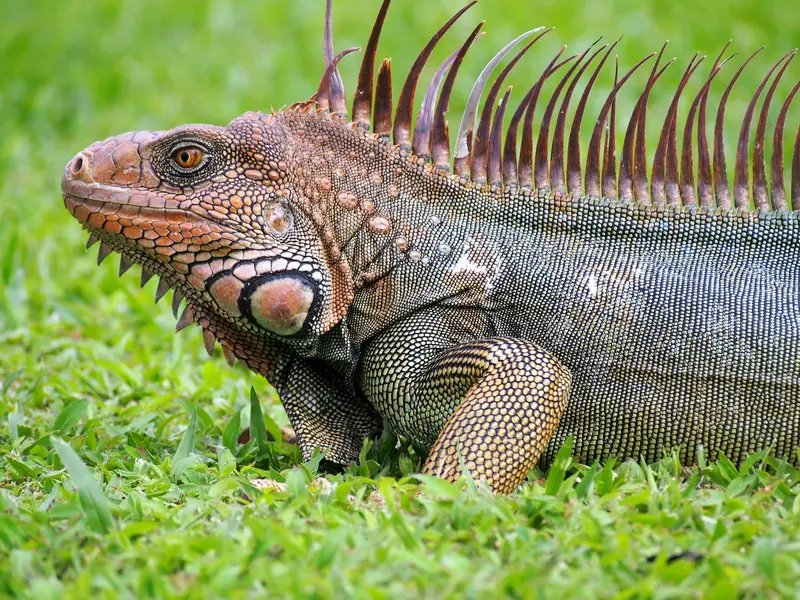Taiwan's Iguana Problem
Tuesday, 2025/02/18200 words3 minutes951 reads
Taiwan is grappling with an escalating ecological crisis as the population of invasive green iguanas continues to soar. These spikey-backed reptiles, originally introduced from Central and South America as exotic pets over two decades ago, have proliferated rapidly in the island's southern regions, capitalizing on the warm climate that facilitates their breeding.
The consequences of this population explosion are far-reaching. Iguanas are invading residential areas and decimating agricultural crops, prompting the government to take decisive action. Pingtung County has implemented a bounty system, offering financial incentives of up to NT$500 (US$15) per iguana to encourage their capture.
Despite these efforts, the challenge remains formidable. Experts estimate the iguana population could be as high as 200,000, with females capable of laying dozens of eggs annually. Climate anomalies, including unusually warm winters and a lack of seasonal rain, have further exacerbated the problem by increasing hatching and survival rates of young iguanas.
While the government has intensified its culling efforts, targeting over 100,000 iguanas this year, wildlife experts and officials acknowledge that complete eradication is unlikely. The situation underscores the complex challenges posed by invasive species and the need for comprehensive, long-term strategies to manage their impact on local ecosystems and agriculture.
